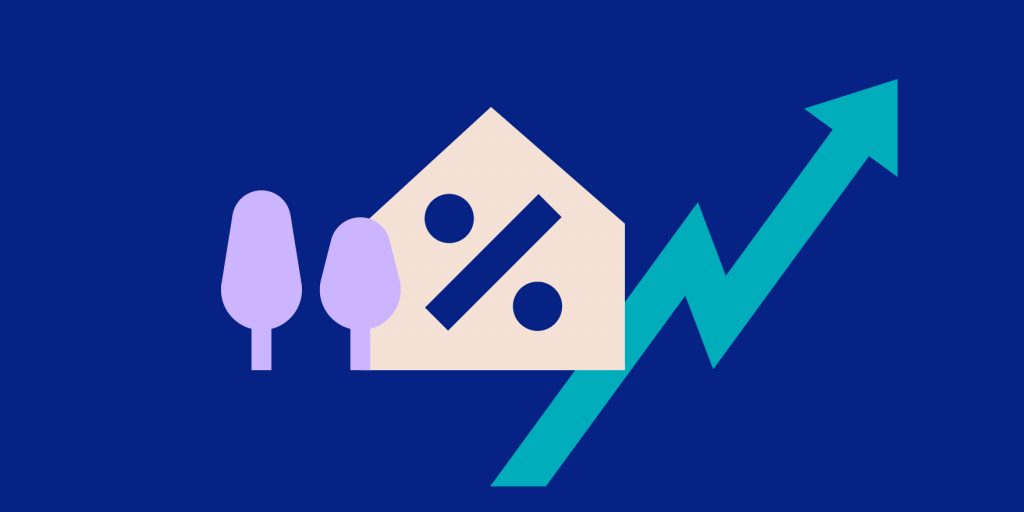Is now a good time to buy? Is this neighborhood a good place to buy? Is that listing you’re drooling over priced fairly? You can find answers to all of those questions by understanding your local housing market. Here’s how to do the research you need to figure out when to buy a house and where.
-
1. Browse listings in your area
Start by getting a general idea of your local housing market with current housing prices. If you search your target city or neighborhood in Trulia, you’ll find a few indications of current local prices that can help you decide when to buy a house:
- On each home listing, you’ll find the price of that house, as well as home estimates for neighboring houses.
- In many neighborhoods, you can find the typical price ranges of homes, as well as other helpful info.
- Check out the Price Trends info on every Trulia listing to see the average price of new and resale home based on current data.
-
2. Ask for a comparative market analysis
Once you’re able to find a few neighborhoods that have houses you can afford, you can dig deeper to learn all about those areas. Real estate agents have access to databases that can help to compare properties in greater detail than you can find on your own—and since they’ll eventually want to help you buy a home, they want to give you access to it and help you understand it.
The report an agent can make for you is a comparative market analysis, or a CMA. Here’s what it includes:
- Square footage, location, number of rooms, size lot, age, and any unique selling points or unusual features of a specific property
- Active listings on the Multiple Listing Service, or MLS
- Data on sold listings on what buyers actually paid for properties recently (as opposed to what sellers are hoping to get)
- Expired or removed listings, which can indicate the ceiling for prices in a particular area
This helps you understand the difference between all of those asking prices you’ve seen on active listings, and what properties are really going for in your area.
-
3. Check sales over time
Past sales trends will help you understand if now is the best time to buy in a particular area. If houses are way more expensive now than they were three years ago, your market might be in a bubble. Or you might find that prices have dipped and it’s a great time to buy.
You can find markets trends on Trulia for a particular city going back five years.
-
4. Figure out local housing supply
Understanding supply will let you know if you should put on your game face and prepare for a possible bidding war, or if you can take your time making an offer. The number of months of supply a market has lets you know how soon all the houses for sale would be gone if no new ones came on the market.
Here’s how to find it:
- Find the number of active listings in a specific area.
- Divide it by the number of pending transactions in the same area.
- Multiply the result by 60 (days).
- The number you come up with is the days of inventory for that specific area.
In a balanced market—one in which you won’t have to battle over every listing—there’s usually about a six-month housing supply. When you find a real estate agent, they can help you find the number of active and pending listings for an area.
With an understanding of your market, you can start your home search. Our home-buying guide can help you get started.



